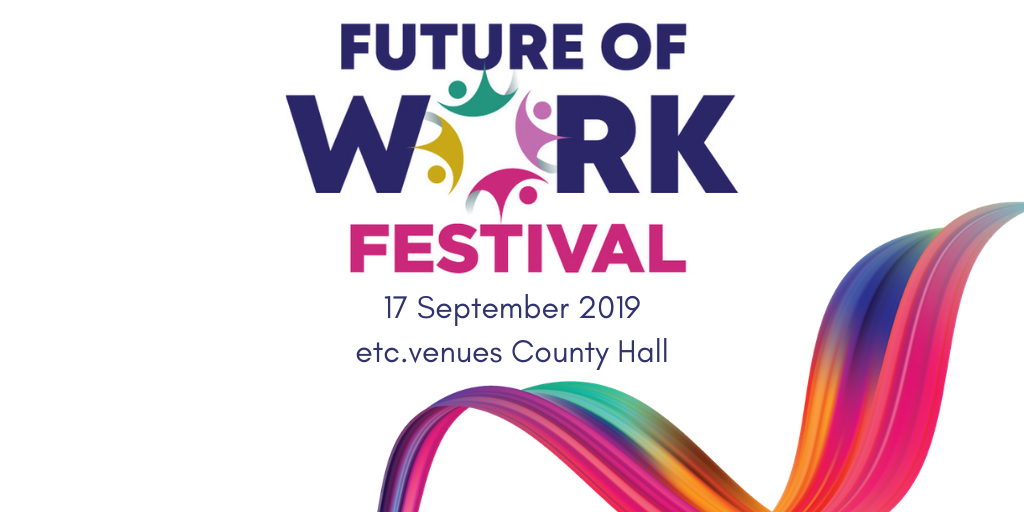You are viewing 1 of your 1 free articles
If social landlords stand still on innovation, they are in danger of being left behind
While some housing associations are adapting well to the use of new technology, others are in danger of being left behind, writes Michael Appleby
What might our sector look like in 2025? That was the question that we posed in our first Future Gazing, Future Shaping report in 2016. We’ve just revisited it and while the world around us is changing fast, we think there is more that the sector can do to keep pace with the rate of change, especially in technology.
At the time of our first report there was a sense of excitement around the sector – a feeling that the technology integration we have observed in other sectors would transfer to social housing and that aspects of services would start to be delivered quite differently, responding to the expectations of customers.
The sector expected social housing organisations to look very different in 2025.
Our latest report, working with technology consultants 3C (available below), aimed to track how much progress has been made in the sector in delivering this transformation.
The picture is mixed. There are some that continue to explore the use of data and technology to provide a service that reflects the needs of modern interaction with residents, customers and tenants. And they are genuinely transforming services.
Many, though, are now stuck in a transformation programme that seems to have developed a life of its own or they have slowed down the rate of change, because there is no longer the same sense of pressure to innovate.
However, the top three drivers for transformation remain the same as in 2016: improving customer experience, increasing efficiency, and implementation of a new corporate strategy. But nearly a third of organisations do not believe they have the skills available to drive the required change, with 90% of respondents describing themselves as either ‘early adopters’ or ‘early majority’ when it comes to their approach to innovation and transformation.
“Many are now stuck in a transformation programme that seems to have developed a life of its own or they have slowed down the rate of change, because there is no longer the same sense of pressure to innovate”
There are, however, some excellent examples in the sector of organisations that have challenged the status quo and are truly embracing new approaches, and interestingly have results that show that this can lead to improved customer satisfaction and greater efficiency.
However, a standout finding in our report is that about 90% of organisations currently still have less than 40% of their customer transactions completed online.
And it does not have to be about innovation, it’s about adaptation. There is already the standard technology that is available but still to be used effectively across the sector.
Soon, 4G will be a thing of the past. Artificial intelligence and automated services are now proliferating in other sectors. Technology to create smart homes is becoming more advanced all the time and there are forecasts that most homes will have an Alexa-style device within five years.
Modern methods of construction are increasing in popularity, and it’s only a matter of time before the Uber concept will successfully be applied to other areas such as repairs and maintenance.
“Other sectors – including those similar to housing – are embracing these areas and truly transforming the way that they operate. That rate of change is exponential, meaning the gap with housing will only get larger”
We’re also seeing a rapidly changing context for the social housing sector, with new entrants, for-profits and changing customer demands all having the potential to significantly change the face and structure of how the sector operates. These areas create significant risks for not embracing change.
Other sectors – including those similar to housing – are embracing these areas and truly transforming the way that they operate. That rate of change is exponential, meaning the gap with housing will only get larger.
The potential opportunities for future service delivery are huge. The question is will we be able to say the same about the social housing sector in 2025, and if not, why not?
Michael Appleby, markets and growth director, Altair
Future of Work Festival
New for 2019, Inside Housing’s Future of Work Festival will bring together HR and organisational development professionals from the housing sector to discuss and explore the challenges of how to successfully evolve towards the working environment of the future.
Seize this opportunity to rethink your workforces and workplaces by reconsidering the roles of individuals, organisations, automation technology and how society will approach work.
Assess and benchmark your business strategy with the leaders in the housing sector:
- Defining the Future of Work: what does it look like, what will be the implications, how do you rethink your workforce strategy?
- How to embed Electronic Data Interchange into your workforce, attract the widest pool of talent, be authentic and innovative, keep your workforce happy and productive, and position your brand
- Identifying, assessing and closing the skill gaps: what skills will be required in the future and how do you prepare for the undefined?
- Appealing to and maintaining a multi-generational workforce: how to address differing career aspirations, expectations, behaviours and values
- How best to implement the best tech, for example, big data, artificial intelligence, automation, blockchain and the Internet of Things. How will this change workplace skills and wages? How do you evolve towards a ‘STEMpathetic’ workforce?
- Providing your HR and OD department with the right skills and toolkits to revise talent, organisational structures and business models. Be social and environmentally friendly, and data driven – investing in disruptive tech, skills training and ethical use of tech
- Promoting well-being and employee experience
- Introducing training and learning as part of the career path
- Embracing agile working – understanding how flexible and alternative working arrangements can boost productivity
The festival will take place on 17 September, at Westminster Bridge, County Hall in London.












